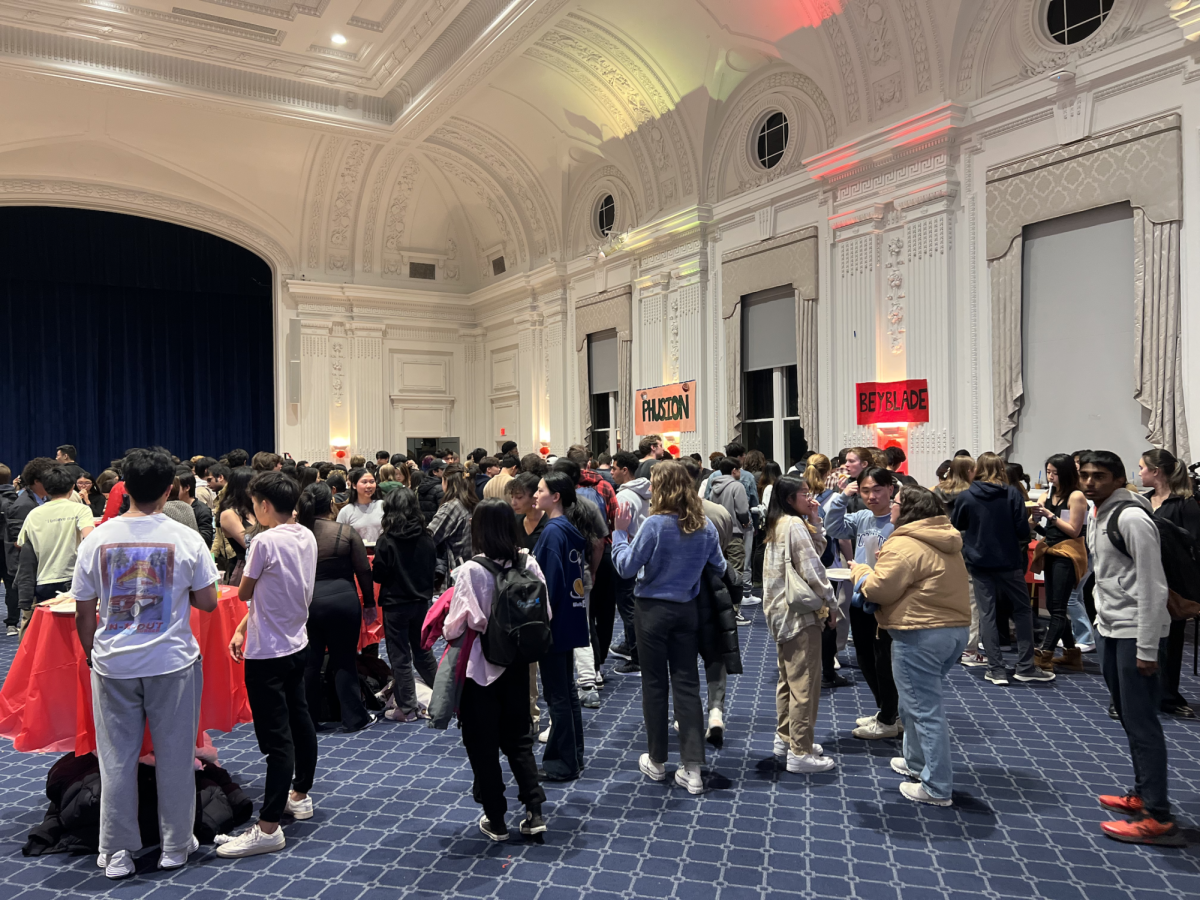Case Western Reserve University brings together students from all kinds of backgrounds, and our student groups reflect that. With dozens of cultural and diversity organizations on campus, students can find numerous ways to reconnect with their roots. We are lucky to be witness to this degree of diversity, but as a result of having so many cultural events happening around campus, we often miss out on some of the best ones. Just this past weekend, the Taiwanese American Student Association (TASA) hosted its flagship night market event, promising students an evening of good food, games, live performances and celebrations. As anticipated, the promised food drew in a large crowd, but the event itself was mismanaged, leaving many attendees dissatisfied with their experience.
As the name suggests, TASA Night Market is known for its roadside stall-like foods from restaurants around University Circle such as Phusion Cafe and Chopstick Chinese Restaurant, as well as some broader Cleveland favorites such as Siam Cafe and Koko Bakery. Enticed by the food, we bought $14 dollars worth of tickets—36 to be exact—and arrived promptly at the Thwing Center Atrium at 6 p.m., only to be greeted by a 34-minute line.
By the time we entered the Excelsior Ballroom, there was a swarm of students eagerly scouring the tables for food. At this point, only appetizers were being served, such as pot stickers for one ticket each and spring rolls, as well as scallion pancakes, for two. All three were quite greasy and cold, but they did satisfy our cravings. We also took this time to enjoy a pineapple bun from Koko, which was perfectly sweet and soft, just as we would have liked.
The most anticipated entrees of the event were from Phusion, which was set to open at 7 p.m. sharp. So by 6:45 p.m., a small herd of students had formed around its table, counting out their tickets so they could snag one of those meals as soon as possible. Once opened, it was pure chaos as students started throwing their tickets at the volunteers and grabbing their desired meals. Within the first two minutes, Phusion had run out of the beef noodle soup, and just a few minutes later all the other entrees were gone, too. Luckily, we were able to grab our favorite dishes—the peking pork chop, popcorn chicken and beef noodle soup—all of which were quite good and well worth the tickets they cost.
Aside from the Phusion entrees, the only other substantial food was from Siam Cafe, which was—in our opinion—not that appealing. Both the vegetarian and chicken fried rice were a whopping three tickets each for only a small spoonful. Even the mapo tofu served on the side—an additional three tickets—was bland and insipid despite its spiciness. Needless to say, we were disappointed by the portion size of this entree, especially when compared to full-sized meals provided by the Phusion table.
To end the night, we returned to the Koko’s table to try the passion fruit bubble tea and egg tart. Both were deliciously sweet and made for a good end to our meal. While many of these food options were good considering the cost of tickets, and some were even quite tasty, the difference in portion sizes and low quantity of food overall was not nearly enough considering the sheer number of tickets in circulation. Despite TASA President Nina Chereath’s claim that “[p]eople who had many tickets were able to try almost all foods,” many attendees shared our sentiments, expressing frustration at not being able to get the foods they had wanted, and some not getting any food at all.
One student claimed, “I [felt] like they should have been more organized with how they sold their tickets. I understand that they [wanted] a lot of people at their event, but it seems very irresponsible that they had such little food.” Another student agreed, saying they also wished that “the food could have been evenly distributed, since they did run out and a lot of [students] had leftover tickets.”
TASA’s solution to extra tickets was to allow attendees to use them in the raffle. Still, for students expecting a meal—and one they spent money on—entering a raffle does not feel like an even trade.
“[It’s like when] planes oversell their tickets then they freak out when everybody shows up,” said another student.
Despite the negative feedback, some students still lauded TASA for putting on this event, stating that it was really fun and brought people from all different backgrounds together in one space.
Even with its flaws, we definitely enjoyed the food at the night market and made some good memories along the way. However, we hope this event will be a learning opportunity for the group, highlighting the importance of good management for running large-scale events. Chereath herself acknowledged some shortcomings, saying that “next year, we need to order more entrees and cap the amount of food individuals can take from each vendor, so that the amount of food at each hour of the event is fair.” We also recognize that organizing something like a night market is quite a feat, and TASA is not alone in struggling to meet expectations. So, while the night market was not a complete success, TASA will have time to regroup, plan and devise an even better event, and we are certain they won’t disappoint the next time around.




